Contents
Guide
Page List

Not only do the native plants featured in this book offer resistance to deer, they are truly garden-worthy and fulfill important ecological roles.

DEER-RESISTANT
Native Plants
 For The
For The 
Northeast
RUTH ROGERS CLAUSEN
GREGORY D. TEPPER


We dedicate this book to garden lovers everywhere
who must deal with an overabundance of deer.

Rudbeckia triloba, Eutrochium maculatum, Carex platyphylla, Itea virginica, Adiantum pedatum, and Muhlenbergia capillaris
Contents

Acknowledgments
Because of our passion for native plants and the overabundance of deer in gardens, we felt this volume would be useful to fellow enthusiasts, both beginner and seasoned professional alike. We thank Tom Fischer at Timber Press for agreeing with us and supporting the project. We greatly appreciate the editorial help from Andrew Keys Pepper and the staff at Timber Press. Lastly, we are sincerely grateful to our various colleagues for their willingness to provide photographs that we could not supply.
From Ruth Rogers Clausen: I am grateful to Tom Christopher, Margaret Barrett, Emily Crandall, and my many garden friends for their enthusiasm and encouragement. In addition, Id like to thank my family for their unfailing support.
From Gregory D. Tepper: I wish to express my heartfelt thanks to my dear friends and loved ones who have supported me from my beginnings in gardening with words of encouragement and love. I am most grateful, too, for having learned from those people that, though they are no longer with us, inspired me then and now. Last, much love and admiration to my co-author Ruth Rogers Clausen, who made my dream of authoring a book a reality.

Black-eyed Susans mix well with butterfly flower in the summer garden.
Introduction
The recent wave of interest in growing native plants to provide food and habitat for wildlife, from foraging birds to pollinating insects, is exciting. It has created an industry demand for attractive, gardenworthy plants that arent just aesthetically pleasing to us, they support critical ecology in turn. Plants that were once considered simple roadside wildflowers are now sought after as attractive and enviable additions to the garden plant palette. When we garden with native plants, we provide beauty for ourselves, we take pride in feeling a sense of place, and we also benefit wildlife, most importantly our pollinators. Again, this is very exciting.
Yet with all due consideration for pollinators and wildlife, there is one animal we must also consider differently as we garden in much of North America. That is the white-tailed deer (Odocoileus virginianus).

White-tailed deer are always looking for an easy meal.
Deer are considered by many to be the number one obstacle for successful gardens. How many times have you heard, or experienced, I cant grow a nice garden because the deer seem to eat EVERYTHING!?
Deer impact the garden in several ways. One is by consuming plants, also known as herbivory, or browsing. The second is when bucks (male deer) scrape young trees and shrubs to mark territory during mating seasonthis is known as buck rub, or rubbing. Third, deer sometimes knock down plant material to create a rounded resting or sleeping area, known as a bed, to which they retreat daily.
Herbivory is probably the most widely experienced deer issue by gardeners, and this book aims to help gardeners make the best-informed decisions in choosing plants with that in mind.
Deer are a highly adaptable, herbivorous species that thrive in a variety of habitats, including suburban developments and backyards. They have the ability to digest a variety of plant foods, from fruits, nuts, and leaves, to grass, branches, soft bark, mushrooms, corn, alfalfa, and grassoh my! Deer are grazers that possess keen senses of smell and hearing, and will happily search out and devour so many of the plants that seem to be popular in gardens.

Deer browse damage on arborvitae.
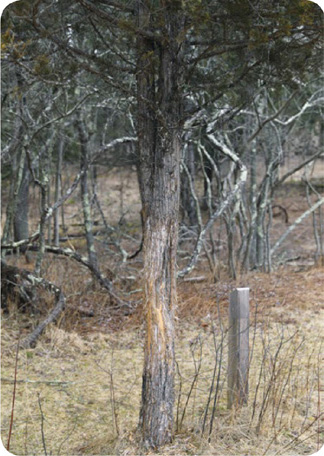
Bucks wreak havoc on small trees and shrubs in late fall and winter by rubbing their antlers on them to mark their territory.
There is, of course, an order of preference, so in order to effectively deal with deer, you must learn which plants deer prefer not to eat.
Let us be clear here and now: there are very few plants that are fully deer-proof, because deers preferences change as food supplies change. Interestingly, even if a plant contains compounds poisonous to deer, has a distasteful texture, or has highly aromatic foliage, theres no guarantee that plant wont become a deer food source if the animals are severely stressed. In the middle of summer and food is plentiful, deer will eat what smells and tastes most appealing. In winter, when food is most scarce, their need to feed far outweighs food supply, and hunger drastically outweighs preferences. Thats why in winter youll find deer eating evergreen trees and shrubs, chewing off soft bark, and nipping dormant leaf and flower buds on deciduous shrubs they dont usually bother in warmer seasons, when other options are plentiful.
Common Features of Deer-Resistant Plants
Although there is no guarantee when it comes to deer browsing, plants are much less likely to be nibbled if they have any of the following:
Fuzzy leaves
Tough, leathery, fibrous leaves
Aromatic leaves
Aromatic flowers
Spines or bristles
Poisonous compounds.
The denser the population of deer, the more deer pressure there is on the local environment and food sources available. Deer populations have increased dramatically in the past 30 years or so, mainly due to the loss of habitat from development. Fewer wild spaces mean deer move elsewhere, and as long as there is a food source, no predators, enough cover, and no activity that controls their numbers, they increase.


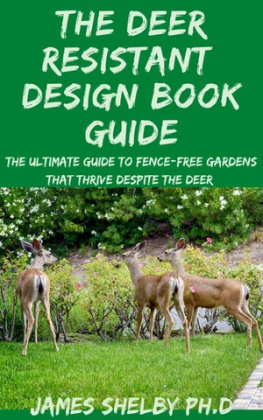
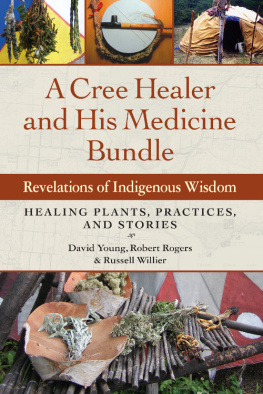
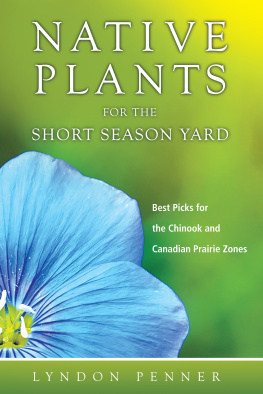
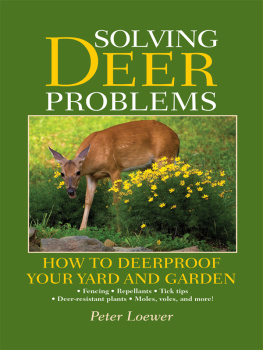
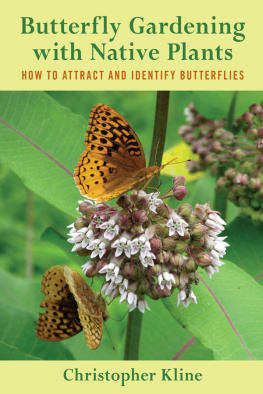
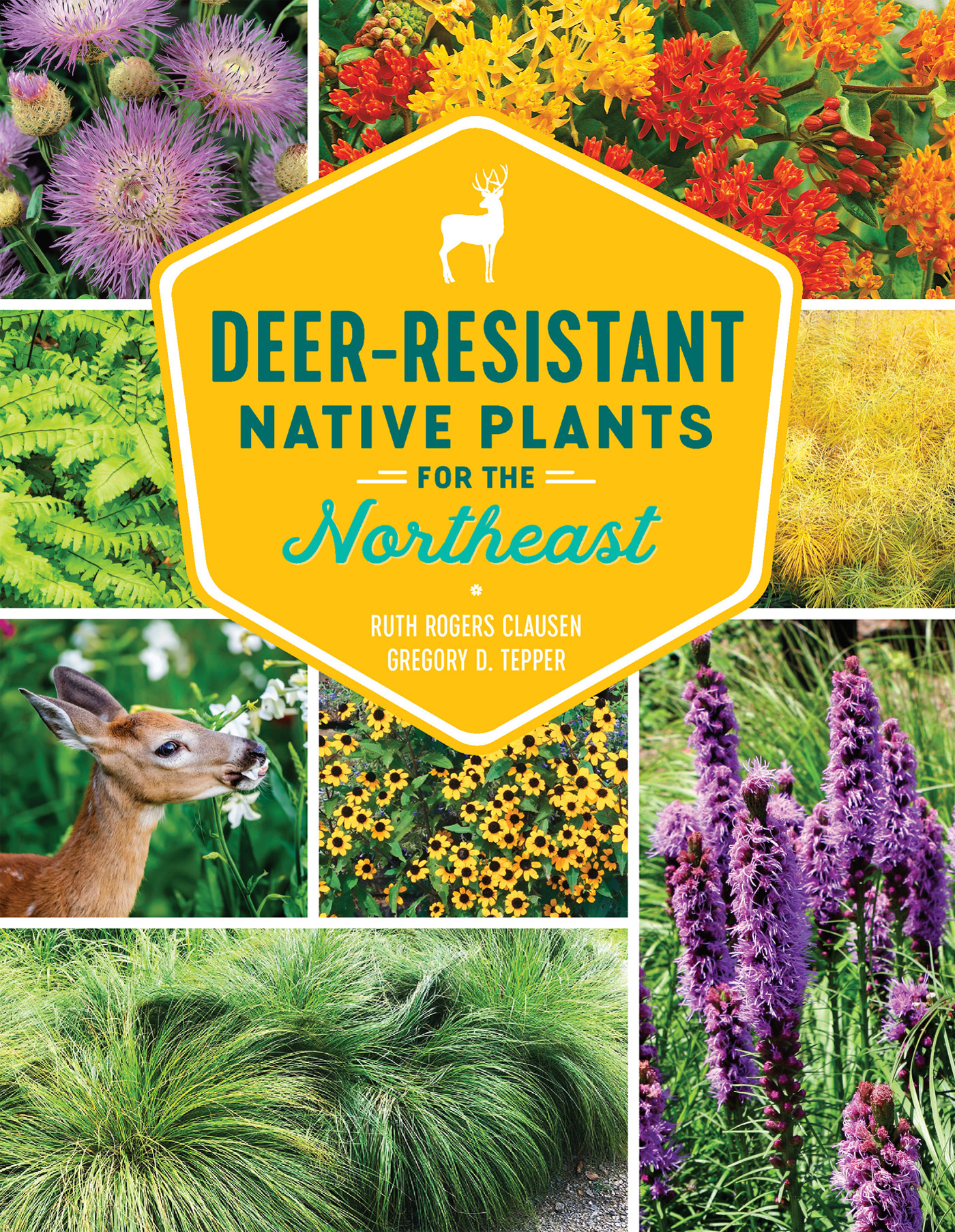


 For The
For The 







